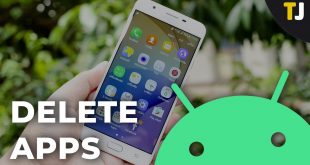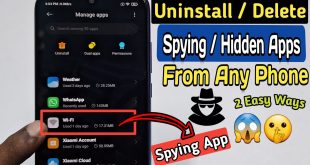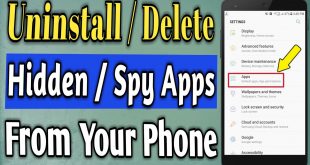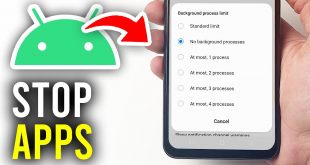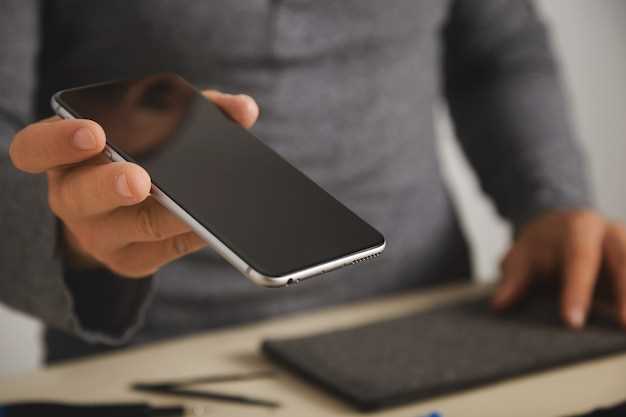
Technology has become an indispensable part of our lives, connecting us with information, entertainment, and the world at large. Yet, unforeseen circumstances, such as a shattered screen, can disrupt this vital connection. When your Android device falls victim to such a mishap, retrieving the precious data it holds can seem daunting.
Fear not, for this guide will illuminate the path to data recovery, guiding you through a seamless migration to your new device. Whether you’re grappling with a cracked display or a shattered touchscreen, our expert advice will empower you to bridge the digital divide and reclaim your invaluable information.
Migrate Data with USB Cable
Table of Contents
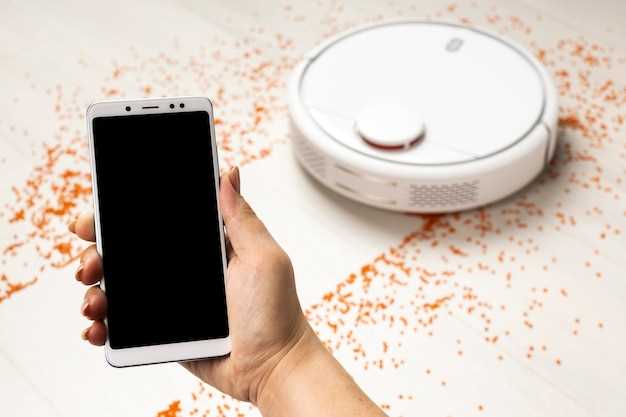
If your old Android device’s screen is unresponsive, you can migrate your data to a new phone using a USB cable. This method leverages a feature on most Android phones that enables data sharing with a connected computer or external storage device.
To migrate your data, follow these steps:
- Connect your old Android device and the new phone to a computer using separate USB cables.
- On your old device, enable USB file sharing by navigating to the “Settings” menu and selecting “USB Connection Options.” Choose the “File Transfer” mode.
- On the computer, open a file explorer window and navigate to the storage folder of your old device. Select the files and folders you want to migrate.
- Drag and drop the selected items into the storage folder of your new phone.
- Once the data transfer is complete, disconnect both devices from the computer.
Use Third-Party File Transfer Software
If you’re unable to access your broken Android device directly, consider utilizing third-party file transfer software. These specialized tools are designed to bypass screen-related limitations and facilitate data extraction.
Enable Developer Options and USB Debugging
Before accessing data on a broken Android device, it’s crucial to activate developer options and enable USB debugging. This step allows for secure data retrieval through a USB connection.
To enable developer options:
| Step | Instructions |
|---|---|
| 1 | Go to **Settings** > **About Phone**. |
| 2 | Tap on the **Build Number** 7 times consecutively. |
| 3 | A message will appear confirming developer options are enabled. |
To enable USB debugging:
| Step | Instructions |
|---|---|
| 1 | Navigate to **Settings** > **Developer Options**. |
| 2 | Toggle the switch for **USB Debugging** to the “On” position. |
| 3 | Accept the security prompt that appears. |
Utilize Cloud-Based Backup and Restore
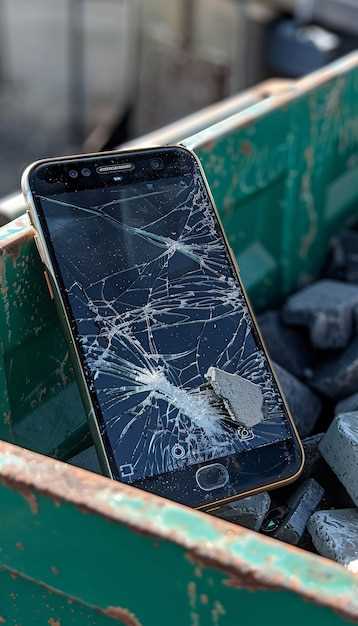
Leveraging the convenience of cloud-based services, it is possible to safeguard your precious data and effortlessly restore it onto a new device. This method transcends the limitations of a damaged screen.
To harness the power of cloud backup and restore, follow these steps:
| Step | Action |
|---|---|
| 1 | Ensure that your previous device is connected to a Wi-Fi network and has enabled cloud backup features, such as Google Drive or iCloud. |
| 2 | On your new device, sign in to the same cloud account associated with your previous device. |
| 3 | Navigate to the device settings and locate the “Backup” or “Restore” option. |
| 4 | Select the option to restore from a cloud backup. |
| 5 | Follow the on-screen prompts to complete the restoration process. |
Employ Android Debug Bridge (ADB)
ADB, an indispensable tool for Android developers, enables access to a device’s command-line interface via a PC. In the event of a shattered screen, it becomes a lifeline for rescuing valuable data. By utilizing ADB commands, users can remotely extract and copy crucial files to their new device.
To harness the power of ADB, the following preparatory measures are required:
| Step | Action |
|---|---|
| 1 | Install ADB Drivers |
| 2 | Enable USB Debugging |
| 3 | Connect Device and Establish Connection |
Once the preparatory steps are complete, follow these steps to utilize ADB:
- Navigate to the ADB installation directory.
- Launch a command prompt.
- Enter the following command to pull data from the old device: “adb pull /storage/emulated/0/data /destination/path”
- Copy the extracted data to the new device: “adb push /destination/path /storage/emulated/0/data”
Employing ADB might seem daunting at first, but adherence to these steps will enable you to effectively transfer essential files from a shattered device to a new one, ensuring data continuity.
Connect to Broken Screen via OTG Adapter
When your Android device’s screen is shattered, connecting it to a computer for data recovery can pose a challenge. An OTG (On-the-Go) adapter, however, provides a solution by enabling the connection of external peripherals such as a mouse or keyboard.
OTG adapters come in various forms, but typically consist of a USB-A female port on one end and either a micro-USB or USB-C male port on the other. To utilize an OTG adapter with your broken device, simply follow the steps outlined in the table below:
| Step | Action |
|---|---|
| 1 | Connect the OTG adapter to your broken device. |
| 2 | Plug a mouse into the OTG adapter. |
| 3 | Use the mouse to unlock the device and enable USB debugging. |
| 4 | Connect the broken device to your computer using a USB data cable. |
| 5 | Authorize the connection on the computer. |
FAQ
Q: How can I transfer data from my broken Android screen to a new phone if I can’t access the device?
A: There are several ways to transfer data from a broken Android screen to a new phone, even if you can’t access the device. One method involves using a USB OTG (On-the-Go) cable and a USB flash drive. Connect the USB OTG cable to the new phone and the USB flash drive to the USB OTG cable. Then, you can access the files on the broken phone’s storage using a file manager app on the new phone and copy them to the USB flash drive. Once the files are copied, you can insert the USB flash drive into the new phone and transfer the files to the new phone’s storage. Another method involves using a cloud backup service, such as Google Drive or Samsung Cloud. If you have previously backed up your data to a cloud service, you can simply sign in to your account on the new phone and download the backed-up files.
Q: Is there a way to transfer data from my broken Android screen without a USB cable?
A: Yes, there are a few ways to transfer data from your broken Android screen without a USB cable. One way is to use Bluetooth. If both the old and new phones have Bluetooth, you can pair them and transfer files over the Bluetooth connection. Another way is to use a Wi-Fi direct connection. If both phones support Wi-Fi direct, you can set up a direct Wi-Fi connection between the two phones and transfer files over the Wi-Fi connection. You can also use a third-party app that allows you to transfer files over a Wi-Fi connection, such as SHAREit or Xender.
Q: What if my new phone doesn’t have the same USB port as my broken phone?
A: If your new phone doesn’t have the same USB port as your broken phone, you can use a USB adapter. USB adapters are available in a variety of shapes and sizes, so you can find one that will fit both your old and new phones. Once you have a USB adapter, you can connect the old phone to the adapter and then connect the adapter to the new phone. This will allow you to transfer data between the two phones.
Q: I’ve tried all of the methods mentioned above, but I’m still having trouble transferring data from my broken Android screen. What can I do?
A: If you’re still having trouble transferring data from your broken Android screen, you may need to contact a professional data recovery service. Data recovery services can help you recover data from damaged or inaccessible devices. They can use specialized software and hardware to extract data from your broken phone and transfer it to a new device.
 New mods for android everyday
New mods for android everyday
